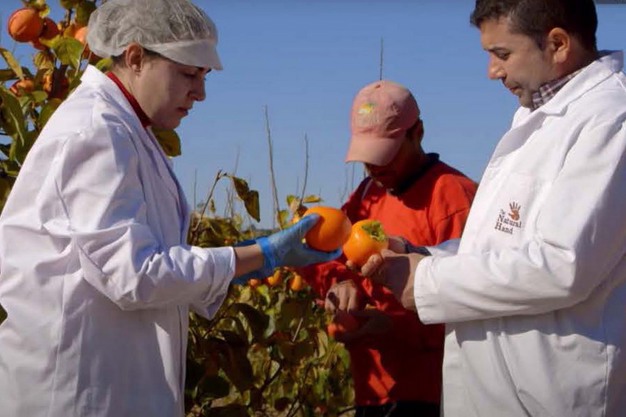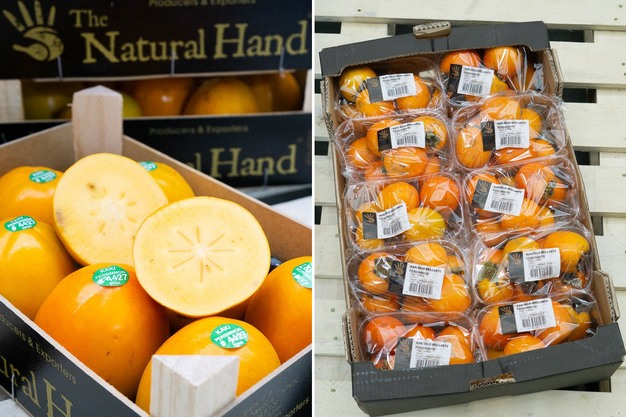A unique variety of imported persimmons has returned to the Eastern United States. “It’s been several years since ‘Rojo Brilliante’ persimmons from Spain have been available in this region, but feedback has been extremely positive and demand has steadily grown,” says John Vena, president, John Vena Inc. & JVI Imports. “We’re experimenting with pack options to find what fits the current market.” These include bulk tray fruit in both Premium and Class I labels with a variety of sizing as well as retail-ready punnets and gift boxes, known as ‘pitufo’ in the European market.

The Rojo Brillante, native to Valencia, Spain, is an astringent variety of persimmon, though it’s treated post-harvest with a natural CO² exposure process that removes perceptible astringency. This means it has the enhanced flavor of a ‘Hachiya,’ but with the flexibility of a non-astringent persimmon like ‘Fuyu’ so it can be eaten when very firm/crisp or at peak ripeness when it’s soft/jelly-like, as you would ‘Hachiya.’ “It’s important to emphasize this at retail and with chefs because ‘Rojo Brillante’ has a similar acorn shape to ‘Hachiya,’” says Emily Kohlhas, director of marketing.
Rojo Brilliante, often known as just “Kaki” throughout Europe, is harvested starting at the beginning of October, though the shipper opts to bring in the fruit starting in early December, just as the availability of California Fuyus starts tightening up. “This allows a smooth transition,” says Kohlhas. “Our Spanish supply was at peak through the holidays and continues through January, potentially even into early February. The mid-winter months can be the start of the doldrums in the produce department, and these persimmons are a great way to keep things interesting for consumers.”
Appeal to Asian market
The company is sourcing supply from a grower specializing in producing premium export fruit. “They have focused on the lucrative Asian market where demand for high-quality persimmons is extremely high. This gives them a real edge because they understand how to grow, harvest, pack and ship fruit for international buyers that need perfection,” says Vena.

As for demand, while the holiday season is a peak demand time for persimmons, it’s expected demand now will get a boost from the Asian market. “We’re not sure if availability will make it to Lunar New Year on February 10, but we hope to catch the build-up throughout January,” says Vena. “Lunar New Year is a huge time to promote the fruit at Asian retailers and we expect the gift box pack to be extremely popular in the weeks leading up to the holiday.”
At the same time, Kohlhas says the company is working on building consumer and chef awareness of persimmons. “We’re working with our foodservice distributor partners to continue emphasizing persimmons' value on fall/winter menus,” she adds.
 For more information:
For more information:
Emily Kohlhas
John Vena Inc.
Tel: +1 (215) 336.0766
ekohlhas@johnvenaproduce.com
www.johnvenaproduce.com
